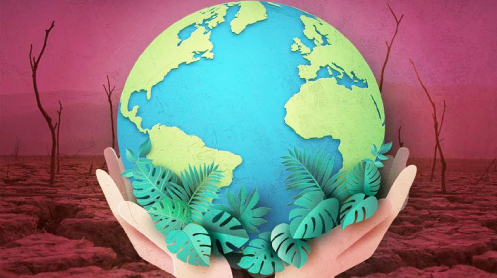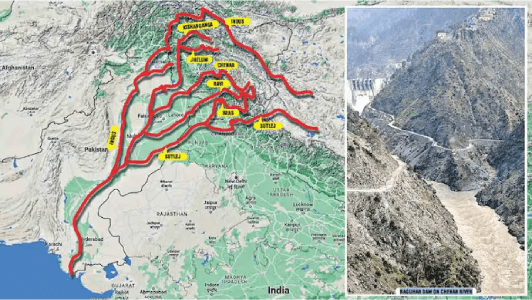Since 1970, the world has been observing April 22 as Earth Day. A major oil spill in Santa Barbara, California, in 1969 led to a massive environmental disaster. On its first anniversary, Wisconsin Senator Gaylord Nelson spearheaded a popular movement to convince the US government that the planet was at risk and that environmental reforms were needed.
To drive the ecological issue onto the public plan, April 22 1970, was seen as Earth Day, and a large number of Americans partook in meetings the nation over. However observing Earth Day began in the US, it became worldwide by 1990, and billions of individuals overall notice it yearly. Earth Day likely has turned into the biggest common occasion on the planet.
The current year’s Earth Day subject is “Put resources into our Planet,” especially to feature the impacts of environmental change and endeavors to relieve it. The pandemic, the conflict in Ukraine, and a few intermediary battles in various regions of the planet have gotten the concentration far from the risks of environmental change. Since environmental change doesn’t rule worldwide security and political talk, its difficulties to the wellbeing and prosperity of the planet and human civilisation have not vanished.
Environmental change’s physical and financial effects have become progressively decimating without supported, powerful, and proactive activities. The yearly report of the World Meteorological Association (WMO), “Condition of the Worldwide Environment 2022,” delivered a day prior to the 2023 Earth Day, lays out an exceptionally bleak picture as dry seasons, floods, and heatwaves influencing social orders around the world, other than the deficiency of billions of dollars. The liquefying of ice and ocean level ascent are additionally intensifying the issue. Regardless of north of 190 nations observing Earth Day for over 50 years, the planet’s wellbeing is disturbing.
The collection of three driving ozone depleting substances arrived at a record level in 2021, and its fixation kept on expanding in 2022. Methane is the most hazardous ozone harming substance as it traps heat multiple times more than carbon dioxide, and from 2020 to 2021, its yearly increment was the biggest on record. The planet is additionally becoming hotter with the ascent of ozone harming substance fixation. The WMO report shows that the worldwide mean temperature in 2022 was 1.15 degrees C over the 1850-1900 normal, and the most recent eight years were eight hottest years starting around 1850.







